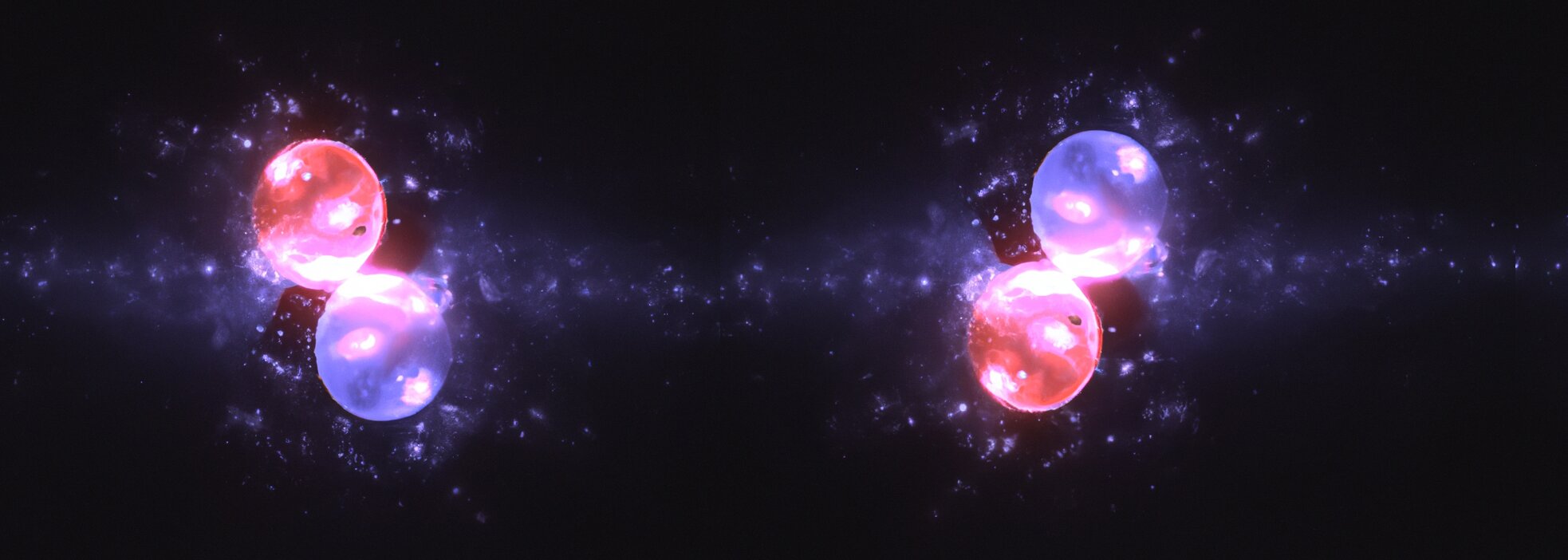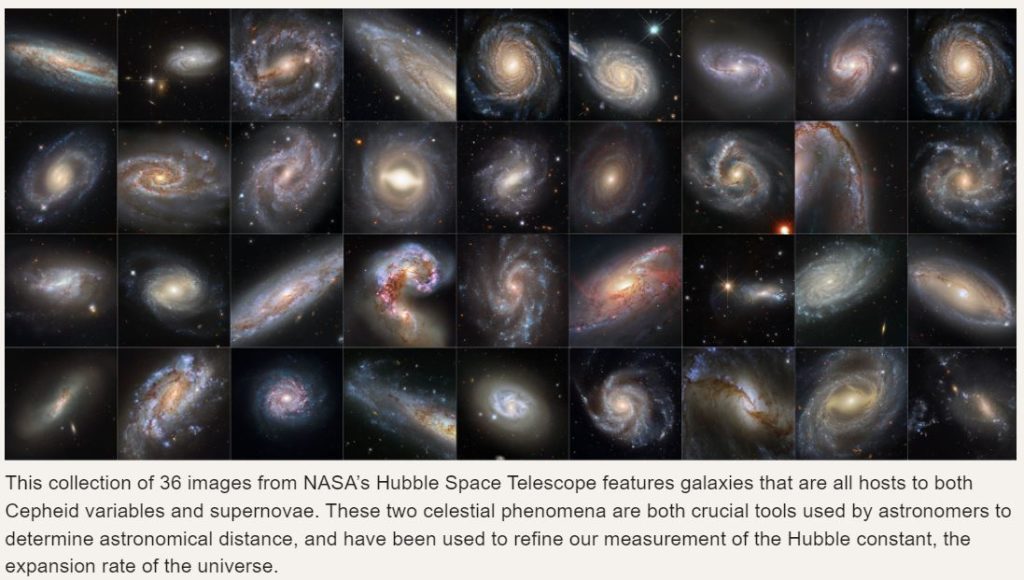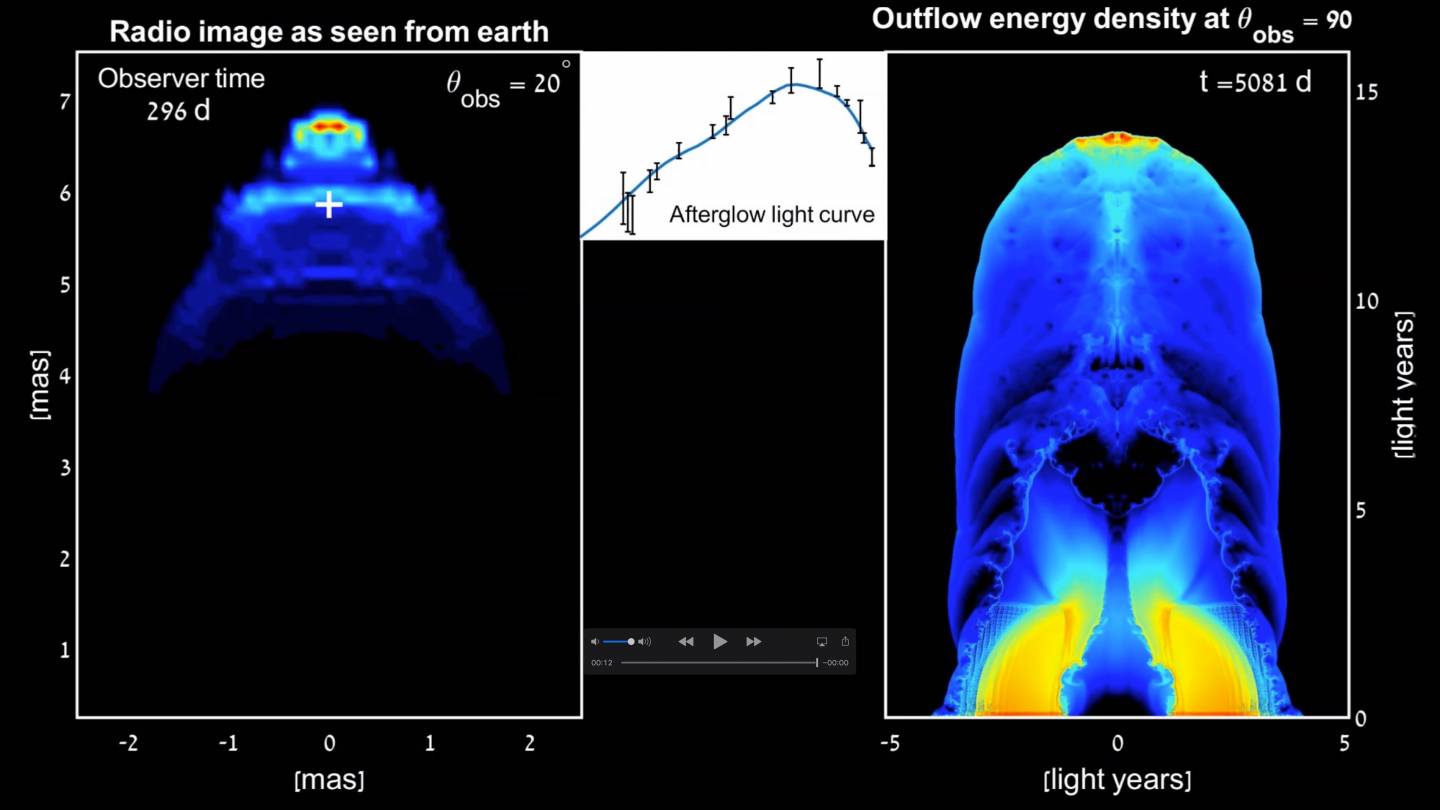
What happened shortly after the universe was born in the Big Bang and began to expand? Bubbles occurred and a previously unknown phase transition happened, according to particle physicists.
Think of bringing a pot of water to the boil: As the temperature reaches the boiling point, bubbles form in the water, burst and evaporate as the water boils. This continues until there is no more water changing phase from liquid to steam.
This is roughly the idea of what happened in the very early universe, right after the Big Bang, 13.7 billion years ago.
The idea comes from particle physicists Martin S...
Read More








Recent Comments